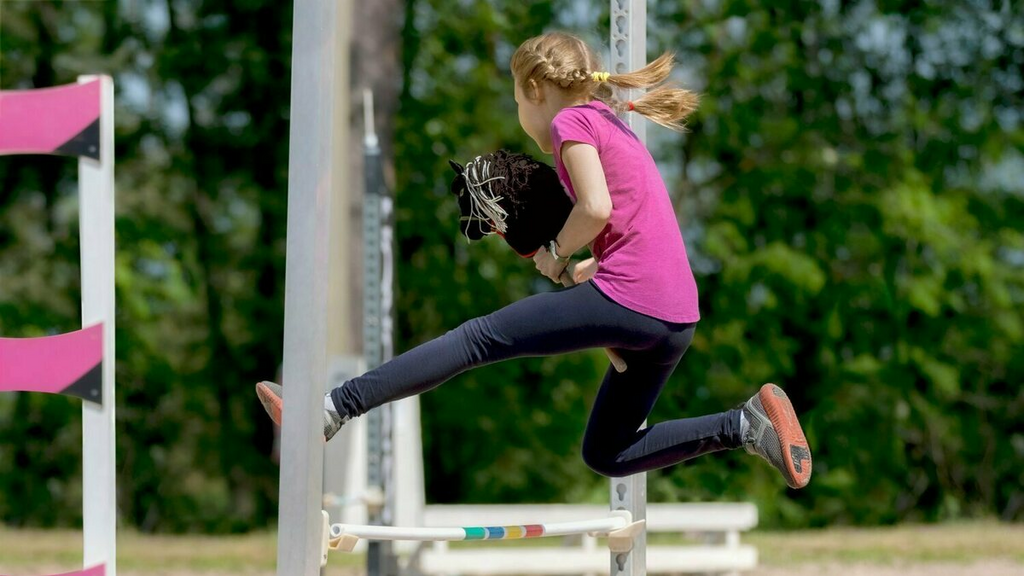Is the Rider or the Horse More Vital in Equestrian Sports?

The Horse: The Power and Elegance
Horses are the stars of the show, known for their strength, agility, and grace. Their physical capabilities form the foundation of equestrian sports, making them indispensable. Here are a few key points highlighting the importance of the horse:1. Physical Ability: A horse's athleticism is crucial. Whether it's the speed of a racehorse, the precision of a dressage horse, or the agility of a show jumper, the horse's natural talents and conditioning determine the basic potential for success.
2. Temperament and Trainability: The horse's personality and willingness to learn play significant roles. A calm, focused horse that responds well to training and commands is more likely to excel, making temperament and trainability vital factors.
3. Health and Fitness: The horse's overall health and physical condition are paramount. Regular veterinary care, proper nutrition, and tailored exercise regimens ensure that the horse can perform at its best.
The Rider: The Guide and Strategist
While the horse provides the power and physical prowess, the rider serves as the guide and strategist, shaping the horse's raw abilities into refined performance. Here are some aspects underscoring the rider's importance:
1. Skill and Technique: A skilled rider can bring out the best in a horse. Their ability to execute precise commands, maintain balance, and employ effective riding techniques is crucial for successful performances.
2. Training and Development: Riders are responsible for the horse's training regimen. They develop training plans, set goals, and work consistently to improve the horse's abilities, addressing weaknesses and enhancing strengths.
3. Communication and Trust: The bond between horse and rider is built on trust and clear communication. A rider who can effectively communicate with the horse through subtle cues and aids creates a partnership where both can perform confidently and harmoniously.
4. Strategy and Decision-Making: During competitions, the rider's decision-making skills and strategy are critical. They must read the course, anticipate challenges, and guide the horse accordingly, making split-second decisions that can mean the difference between victory and defeat.
The Symbiotic Partnership
Ultimately, the success of an equestrian team hinges on the symbiotic partnership between horse and rider. Neither can achieve peak performance without the other. The horse's physical abilities are maximized by the rider's skill and guidance, while the rider's strategies and commands rely on the horse's response and cooperation.
Consider the example of show jumping. The horse must have the strength and agility to clear the jumps, but the rider must navigate the course, maintain rhythm, and provide the right cues at the right moments. In dressage, the horse's grace and precision are on display, but it's the rider who choreographs the movements and ensures that each one is executed flawlessly.









Leave a comment